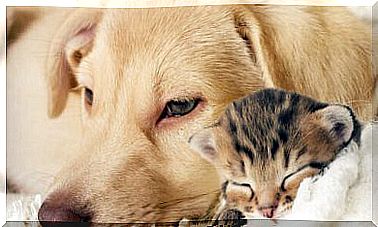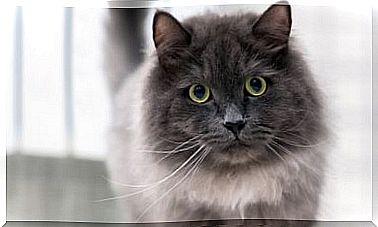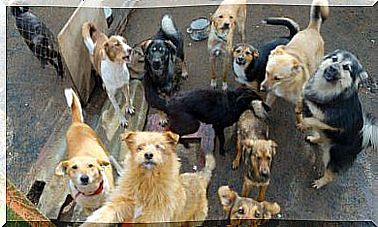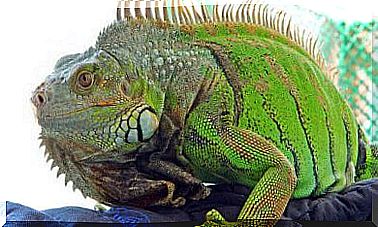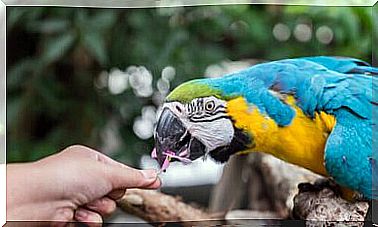Pollinating Insects And Plants: An Ancestral Symbiosis

For many people, pollen is synonymous with allergy, sneezing, red eyes and itchiness. Still, these small particles are really important, because they are used by pollinating insects to perpetrate ecosystems.
In fact, the pollination process is essential for the survival of the Earth: plants are at the base of the food chain and the production of oxygen, so life would not be possible without them. In this article, we show you how the ancient symbiosis between pollinating insects and plants arises.
What is pollination?
First, it is worth clarifying the term. Pollination is the process that involves the transfer of pollen from the stamens to the stigma or receptive part of one flower to another, fertilizing them and favoring the formation of the fruit.
There are several types of pollination:
- The anemophilous plants are those that use the wind to disperse pollen in the environment.
- Hydrophilic plants, on the other hand, are aquatic plants that use water as the main method of dispersion.
- Finally we have zoophilic plants, which use an animal vector to disperse pollen.
This last type of plants is the one that interests us and on which we will focus.

Pollinating plants and insects: an example of coevolution
The relationship between plants and pollinating insects is a clear example of coevolution, as both have adapted at an evolutionary level to derive maximum benefit from their interaction. But how did this symbiosis come about?
Here is a summary of the different studies carried out in this regard:
- The fossil record testifies that, during their early evolutionary stages on the planet, plants were mostly anemophilous.
- Some groups of insects, during the Triassic, switched from a hematophagous diet (consumption of blood) to a phytophagous diet. This means that they fed on the living parts of the plants, as these were easier to find and the energy expenditure to access them was lower.
- This change was a major blow to the plants, as the pressure exerted by the herbivores on them made their survival and reproduction extremely difficult.
- In response to this pressure, plants began producing oleopathic compounds derived from secondary substances to repel or poison their attackers.
- Despite their effectiveness, these compounds had a rather large energy cost for plants, reducing their chances of reproducing and surviving.
It seemed that the plants were in a dead end: what was the best option, protect themselves by consuming a lot of energy and risk not surviving or not defending themselves and hoping not to be attacked? Eventually, natural selection found the solution.
How plants attract pollinating insects
And so, over the centuries, plants have embarked on a different evolutionary path: they have allied themselves with their enemies and benefited from them. Thus begins the production of nectar. This has a triple function:
- Due to its sugary nature and the fact that it comes from the flowers, it completely diverts the attention of small living beings on the floral structures, leaving the leaves and the stem alone, essential for the life of the plant.
- It offers an alternative and more beneficial food source for insects because it contains more nutrients than leaves.
- Finally, although it involves a considerable energy cost, it also offers an exclusive advantage to the plant: if the nectar is found in an area surrounded by pollen, the visit of the insect takes it with it to the next plant, perpetrating reproduction.

The strength of cooperation
This evolutionary mechanism is nothing short of astounding, as it demonstrates that, if necessary, nature can change its structures to establish symbiotic relationships when previously only predation was conceived.
In short, the plant makes pollinating insects an offer they cannot refuse : don’t eat my leaves and I offer you something even more nutritious.
So over time, pollinating plants and insects have evolved for the benefit of both parties to take full advantage of their interaction.
